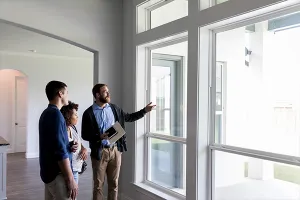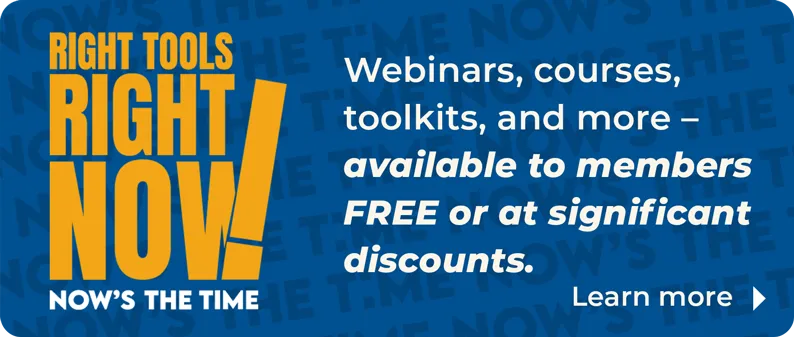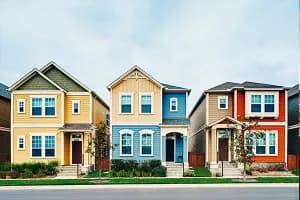In a presentation at a REALTOR® University Speaker Series held recently,[1] Dr. Katrin Anacker, Associate Professor of Public Policy at George Mason University’s School of Policy, Government, and International Affairs, presented the major findings of her recently published edited book, “The New American Suburb: Poverty, Race, and the Economic Crisis.” The book looks at the economic transformation of American suburbs, which have increasingly seen rising poverty in the wake of slow recovery after the housing downturn and the Great Recession.
According to Kneebone and Nadeau, suburban poverty increased from 2000 to 2005-2009 (Chart 1). In the 100 largest metropolitan areas, the total population in suburban extreme poverty tracts, where 40 percent or more of the population is poor, increased by 36 percent (from about 907,000 in 2000 to about 1.24 million in 2005-2009). The poor population living in these suburban extreme poverty tracts rose 40.6 percent (from about 400,000 to about 570,000). The fastest growth in poverty occurred in exurban extreme poverty tracts, where the total population and the number of poor people more than doubled from 2000 to 2005-2009.
Chart 1.

Chart 2.

Chart 3.

For more information on the book “The New American Suburb: Poverty, Race, and the Economic Crisis”, please contact kanacker@gmu.edu.
REALTOR® University provides on-line education on real estate and other topics at the MBA and undergraduate levels. The REALTOR® University Speaker Series provides a venue to learn about and stimulate discussion of economic and real estate issues in support of NAR’s mission as the Voice of Real Estate. The Speaker Series presentations can be accessed on this webpage.
[1] The REALTOR® University Speaker Series on “The New American Suburb: Poverty, Race, and the Economic Crisis” was held on December 7, 2015 at the NAR Washington Office.








